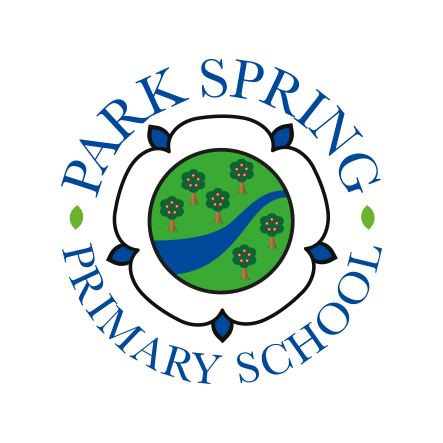SATs Support 2026
SATs are national tests that children take at the end of Key Stage 2 (KS2) in Year 6. These standardised tests are actually known as End of Key Stage Tests and Assessments, but most people know them as SATs (Standard Assessment Tests) .
SATs are an indicator of the progress your child has made at school so far. They are not a measure of whether your child is passing or failing; they simply show what level your child is currently working to.
